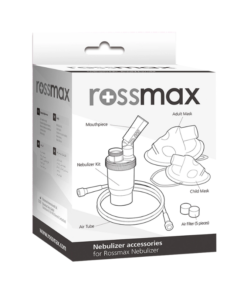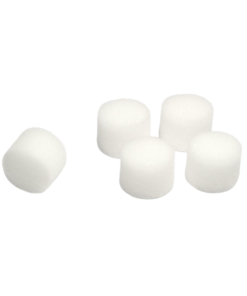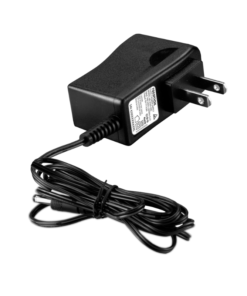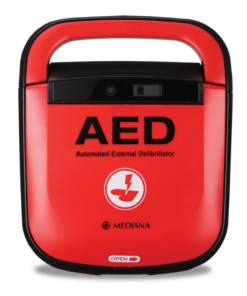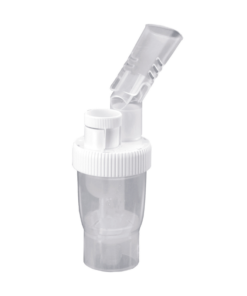Description
Description
The Geratherm Pulse Oximeter is a portable, high accuracy device that has been clinically tested to measure oxygen saturation and pulse rate. The unit has a simple one-button control that is easy to use, and it fits different finger sizes in both children and adults.
There are six perspective display views this oximeter, and screen brightness can be adjusted as needed. Supplied with a protective cover, the Geratherm Pulse Oximeter is compact, small, light-weight and portable The pulse rate is displayed as a histogram, and the unit can be used for up to thirty hours. This pulse oximeter has an automatic shutdown and comes with a storage bag and neck strap.
Measuring oxygen saturation and pulse rate is as simple as the patient laying one of his or her fingers on the photoelectric sensor with the display screen showing the measured value of haemoglobin saturation. Clinical experiments have demonstrated the high degree of precision and repeatability of this procedure.
Haemoglobin saturation is the percentage of oxygen-bearing haemoglobin (HbO2) molecules in proportion to the amount of oxygen that the haemoglobin (Hb) is capable of carrying in the blood. It expresses the concentration of oxyhaemoglobin in the blood and is a very important parameter of the respiratory and circulation system. Many respiratory diseases can result in a decline in haemoglobin saturation levels. In clinical medicine it is very important to determine a patient’s haemoglobin saturation level in good time so as to detect problems sufficiently early.
Uses
The Geratherm Pulse Oximeter is used for measuring oxygen saturation and pulse rate. Pulse oximetry is a non-invasive monitoring procedure for the determination of oxygen saturation in arterial (oxygenated) blood by means of a photosensor.
Application
How to use:
• Insert two AAA batteries into the battery compartment before replacing the cover
• Press the device at the rear end so as to open the front section for the insertion of a finger
• When your finger is in the oximeter, the nail surface must face upwards
• After inserting the finger let go of the rear end
• Press the power button on the front panel once
• While the oximeter is working, you should not move your finger and you should keep still and quiet
• Read the values shown on the display screen.
• After turning on the oximeter, each time you press the power button the oximeter will switch to another display mode – there are 6 display modes in total.
• Press the power button for a fairly long time (longer than 1 second) in order to set the brightness level of the display panel. Holding the button down will cause the brightness of the oximeter to change gradually
• During the measuring procedure you will hear a tone indicating your pulse rate
• In order to switch the alarm off, press the on/off button when the audible alarm sounds. You will enter alarm mode for a period of 30 seconds, thus switching the alarm off
Evaluation of the measured values:
In healthy patients, oxygen saturation levels lie between 96 and 98%. Values below 95% can indicate a health disorder and make it necessary to supply the patient with additional oxygen. If your oxygen saturation value is below 95%, please consult your physician. Normal pulse values depend on the age and fitness level of the individual. Here are a few reference values indicating normal pulse rates:
• Infants under 1 year: 100 – 160 bpm
• Children between 1 and 10 years: 70 – 120 bpm
• People over 10 years: 60 – 100 bpm
• Highly trained individuals/athletes: 40 – 60 bpm




